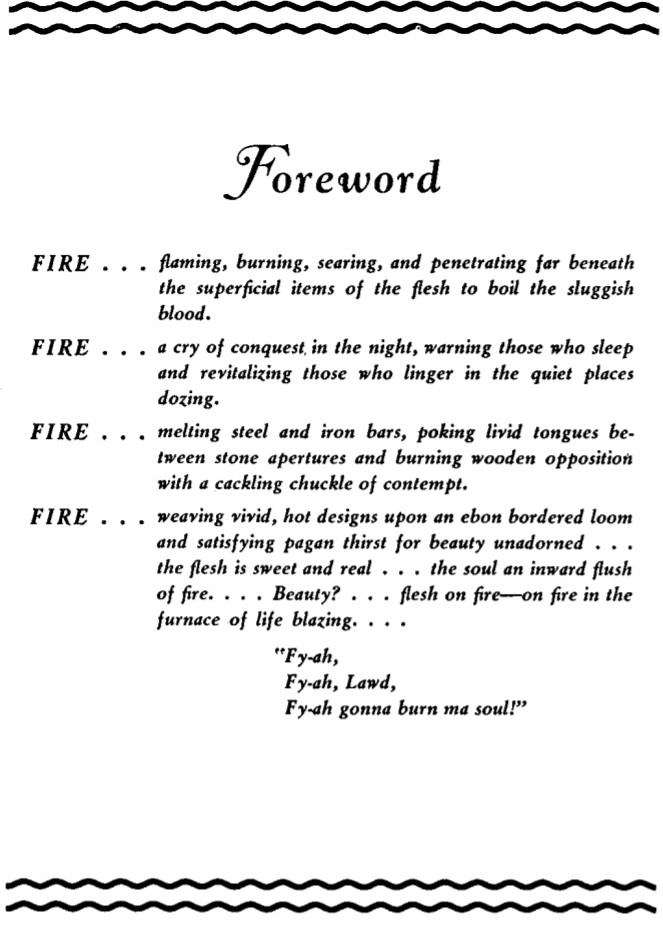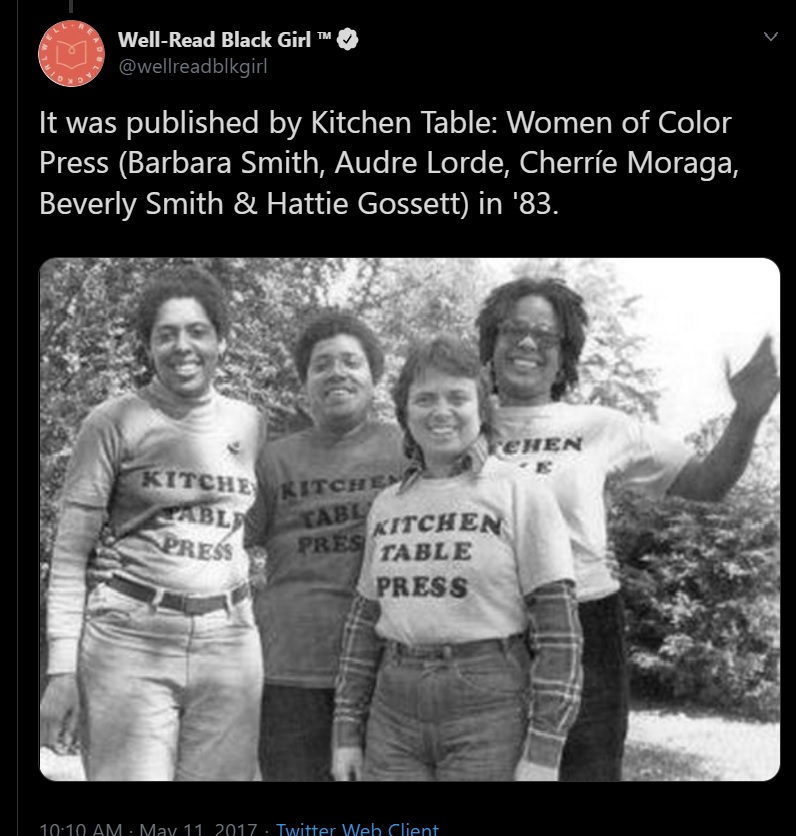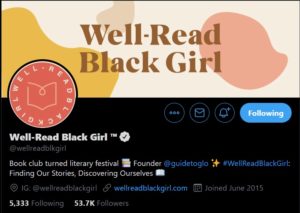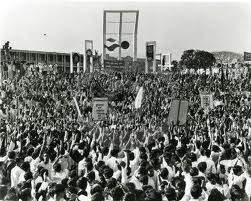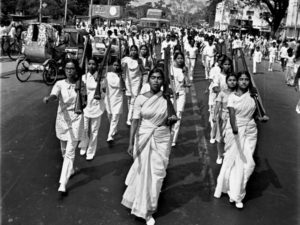Shange’s poem “Hijo de Las Americas” is a call to collectivity and communion amongst those people who have been affected by English and American imperialism. It is also a call to protecting Black and Brown intellectual thought, which imperialism tries so hard to dismantle and destroy. A poet’s power lies in one’s way to reach the heart with words. to bring commonality and experience across bodies and minds. A poet’s mind, specifically one writing with the consciousness of liberation and collective struggle, is boundless. And this limitless is a threat to imperialism, which is met with violence. In Shange’s poem, Carlos reads the poems which survive the ruins of imperialist wars. He reads them, and his body feels the hurt which pervades the violence against free Black thought. Shange writes:
“carlos reads the poems he can/the rest
were burned by friends/when the security police
la guardia nacional/came looking for a free black
mind/burned poems cannot return/we
must
fix carlito’s leg/he must be able to stand up/…”
Carlos reads what’s left but the injuries of the war, both physical and mental, leave him impaired, searching for something. He reads these poems and awaits to pen his own, “poet[ing] his black black language.” However, Shange notes the importance of collectivity here, denoting that “we” as a community must help Carlos stand up. We must help him be free for him to create in spite of this constant violence and destruction imposed on the world he lives in. Violence against
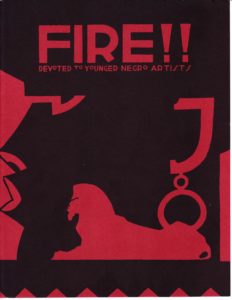
intellects of color is not something new in the US. It is a systematic cycle of oppression and violence against “free Black minds.” An example which came
to mind as I was reading this was “Fire!!: A Quarterly Devoted to Younger Negro Artists”,
which was published during the Harlem Renaissance. Zora Neale Hurston, Gwendolyn Bennet, and Langston Hughes were among some of the creative intellectuals who founded and contributed to this magazine. It was dedicated to being a form of Black creative consumption for Black folk and other people it appealed to. Some of the writings within the magazine were odes to women and sexuality, along with poems reveling in queer love and liberation. However, the systematic violence against people of color in publishing always existed. To my knowledge, it is unknown who committed the atrocity, but the Fire!! printing press was burned to the ground shortly after they began circulating. After the loss incurred from that, the writers discontinued the magazine and existing copies are extremely rare to come by today. I think it is poignant to note the stark commonality between the past and present of Black poetry. While Shange uses burned poems as a metaphor for the stifling of free thought and exchanges of livelihood between people of color in imperialist nations, the Fire!! printing was literally burned down for being a threat to white life during the Harlem Renaissance. Shange poses a break to this system of destruction by reminding communities to band together and help one another make sense of the world, when colonialism tries to take that away from people.
To end my post, I will attach the foreword of the Fire!! magazine. While contextually, it serves as an explanation of where the quarterly name comes from, I think it also speaks to what Shange writes about in her poem. She writes about the burning of poems, one of the many fires, which torches black freedom.Fire is power and fire is pain. However, fire is also that which burns within a poet and within a soul; to keep going and to keep fighting.
